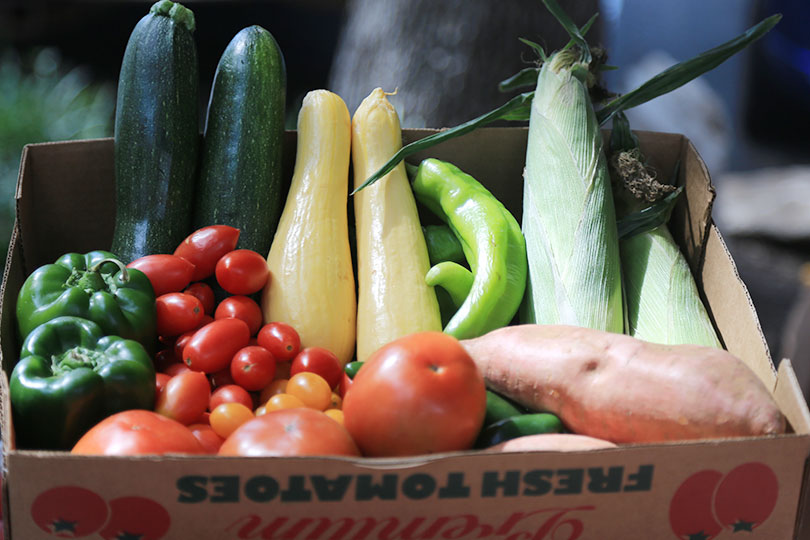Food insecurity is more prevalent in major cities and rural areas, according to U.S. Department of Agriculture (USDA) data.
USDA’s Economic Research Service reports 11.1 percent of U.S. households were food insecure at some point during 2018, down from 11.8 percent in 2017. Megan Nelson, American Farm Bureau Federation Economic Analyst, said food insecure homes are those that lack resources to acquire food.
“Food insecure households are defined as those who had difficulty at some point in a given time period providing food for all members due to lack of resources. So, that could money or transportation of any kind,” Nelson said.
Food insecurity varies by region. Nelson noted major cities and rural areas have higher rates.
“For principal metro areas—these are cities like New York City, Chicago, LA—the rate of food insecurity is much higher than the national average, as well as in rural and remote areas, the prevalence of food insecurity is higher,” she said. “And it’s typically about two to three percentage points higher than the national average.”
Rural food insecurity is currently at 12.7 percent of households, and about 20 percent of rural counties are considered food deserts.
“It’s generally classified as a county where residents must drive more than ten miles to the nearest supermarket or grocery store,” Nelson said. “So, I think we can all picture what this might look like if you don’t have a working vehicle or don’t have enough money for gas. That inaccessibility to get to the supermarket to purchase the food is a major barrier for families.”


I live 13 miles from an HEB store & Wall-mart in La Grange, Texas. I am disabled but can still drive. So many of my friends rely on the food drives from Austin & Houston. Hope is one thing I like. I can pick up for a friend & deliver, but I can not stand in the long lines at the food drives.